2024 Tech breakdown: Understanding Data Science vs ML vs AI
Pickl AI
JANUARY 29, 2024
As we navigate this landscape, the interconnected world of Data Science, Machine Learning, and AI defines the era of 2024, emphasising the importance of these fields in shaping the future. ’ As we navigate the expansive tech landscape of 2024, understanding the nuances between Data Science vs Machine Learning vs ai.

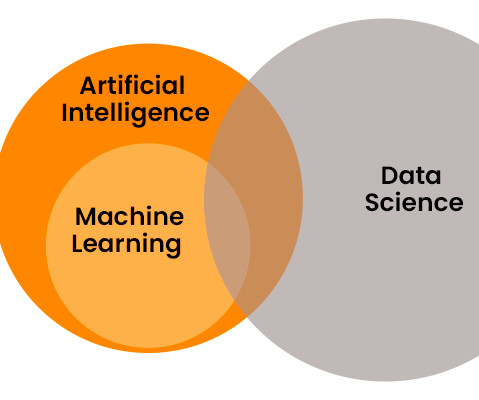





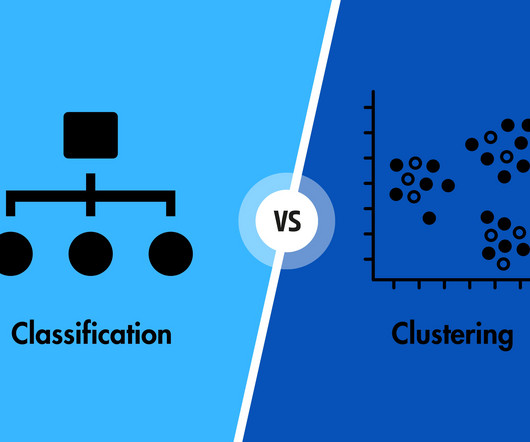

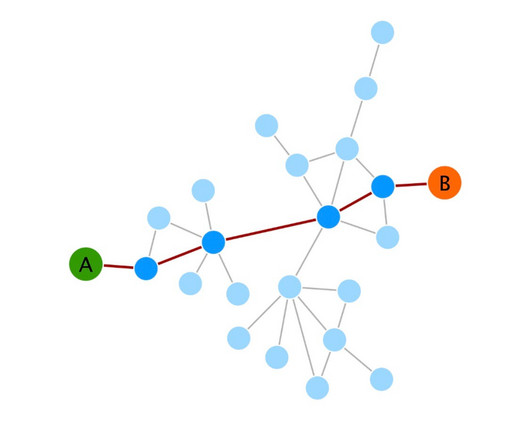
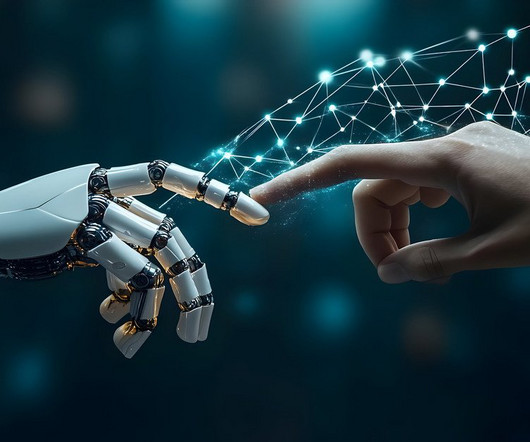

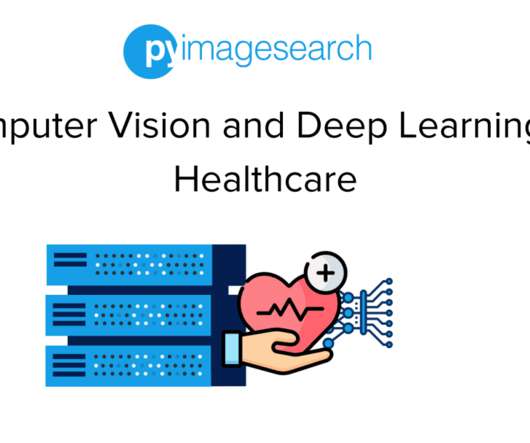







Let's personalize your content